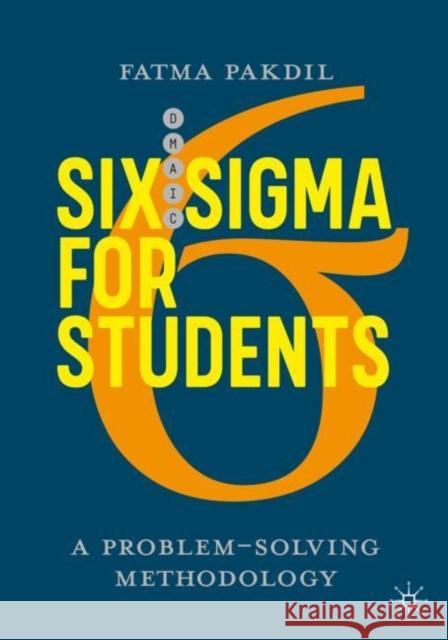Six SIGMA for Students: A Problem-Solving Methodology » książka
topmenu
Six SIGMA for Students: A Problem-Solving Methodology
ISBN-13: 9783030407087 / Angielski / Miękka / 2020 / 492 str.
Kategorie:
Kategorie BISAC:
Wydawca:
Palgrave MacMillan
Język:
Angielski
ISBN-13:
9783030407087
Rok wydania:
2020
Wydanie:
2020
Ilość stron:
492
Waga:
0.89 kg
Wymiary:
25.4 x 17.78 x 2.67
Oprawa:
Miękka
Wolumenów:
01
Dodatkowe informacje:
Wydanie ilustrowane











